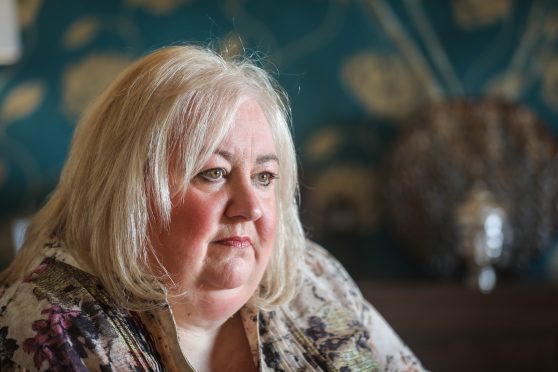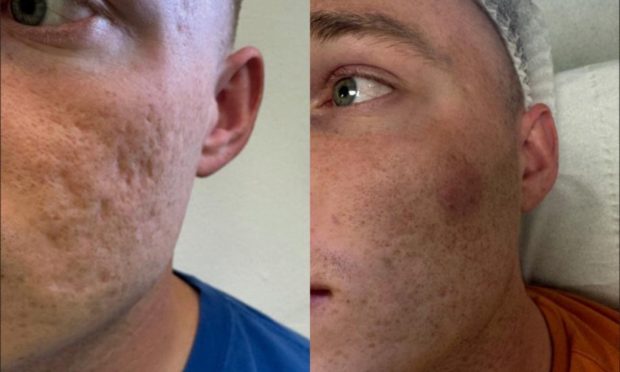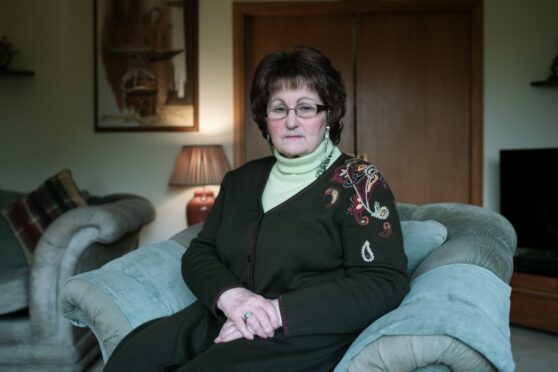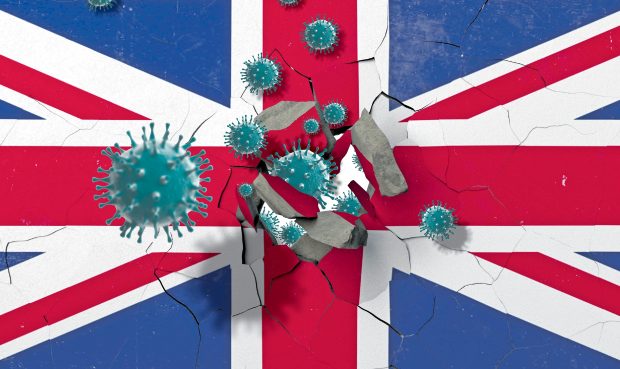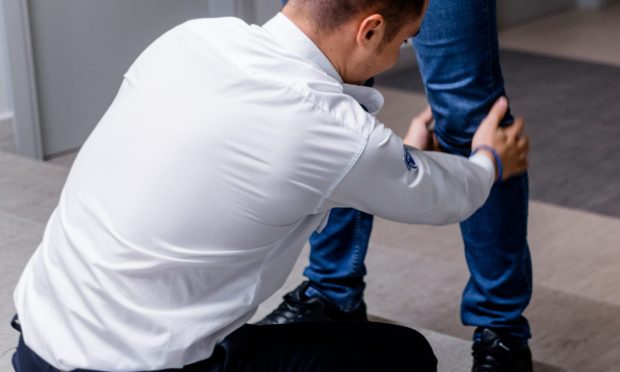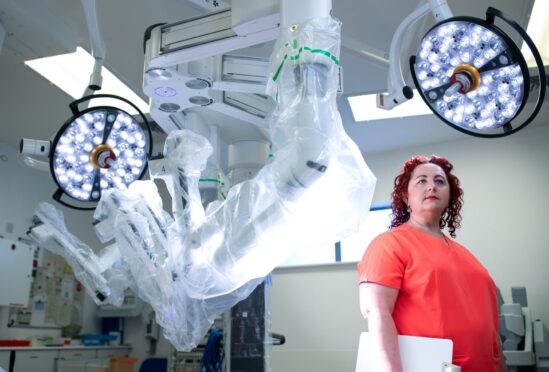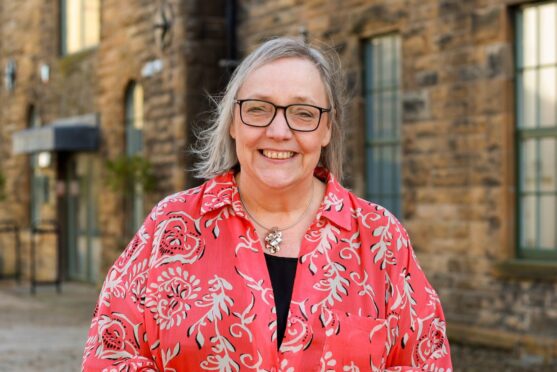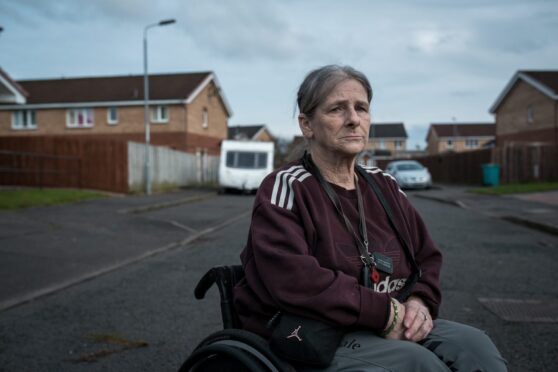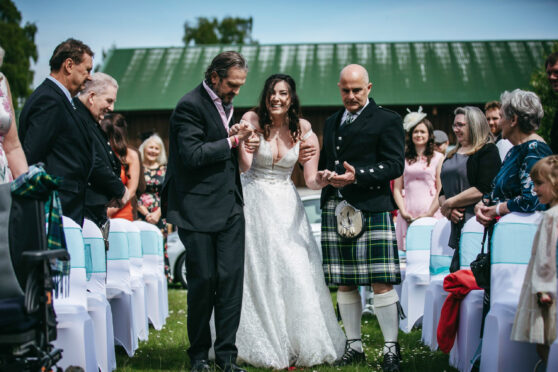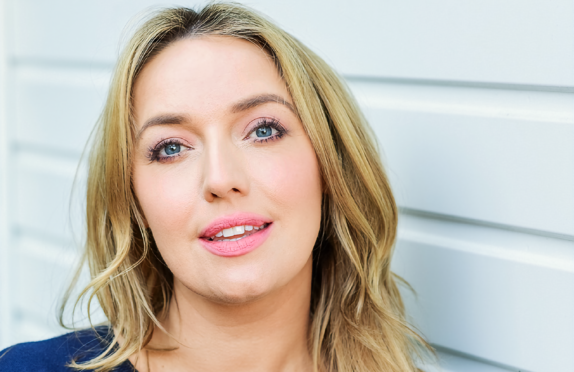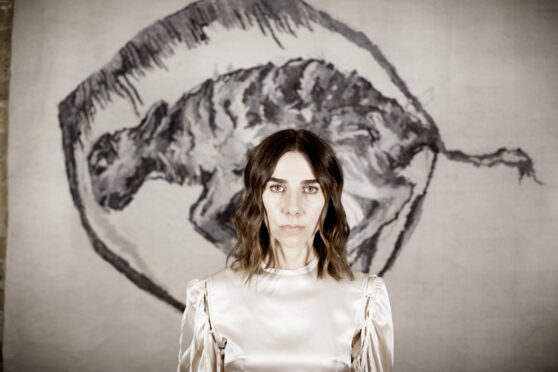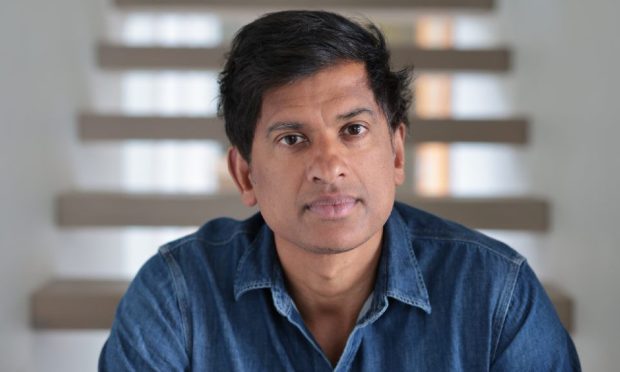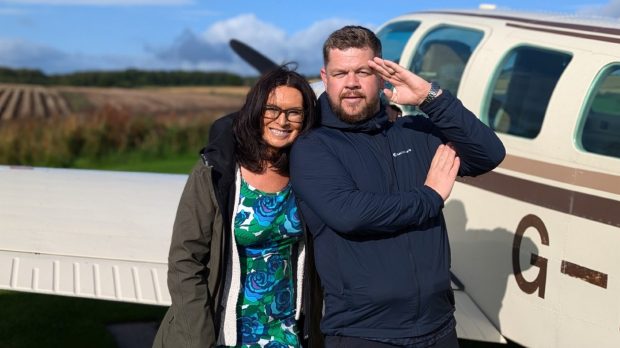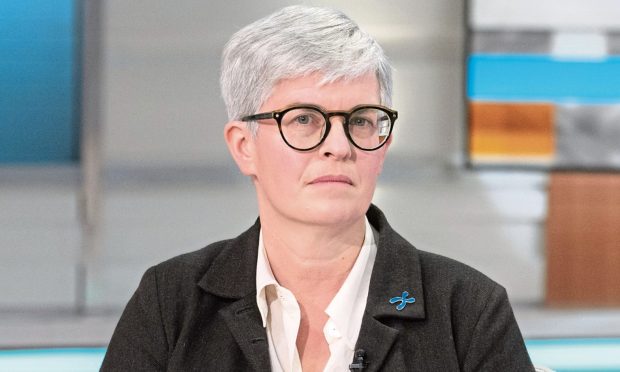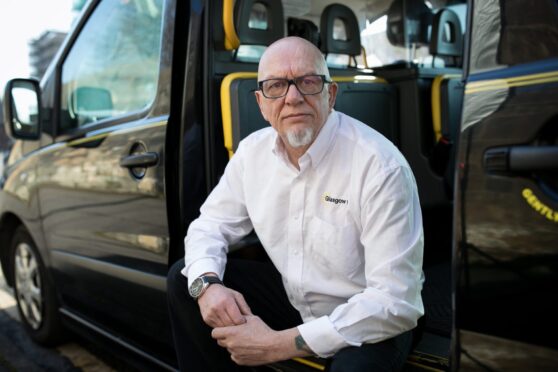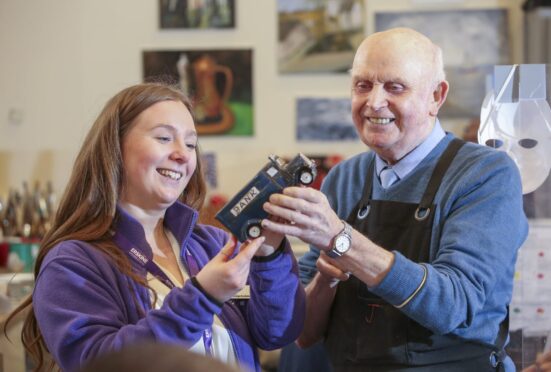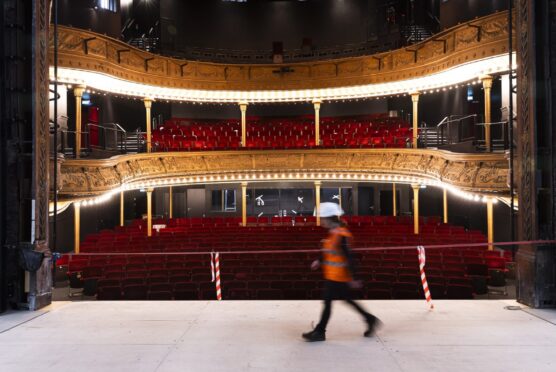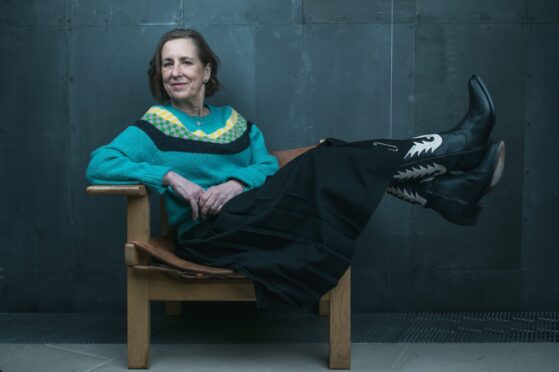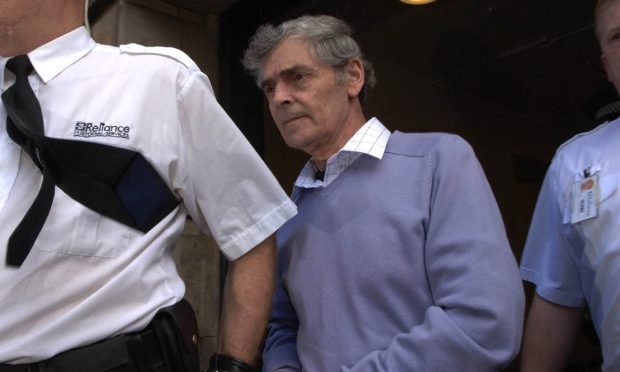In pictures: Prince Philip – the Queen’s “rock” – dies at age of 99 but who really was the Duke of Edinburgh?
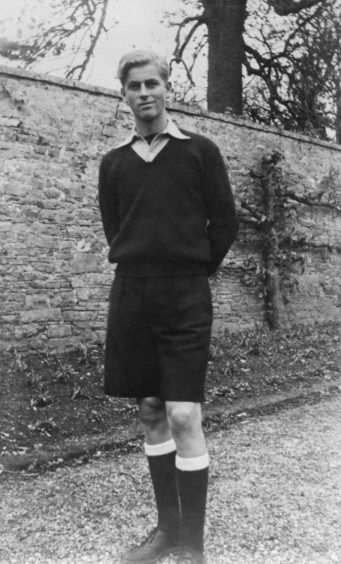
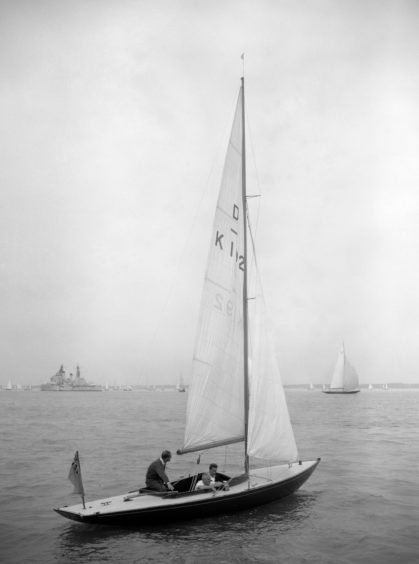
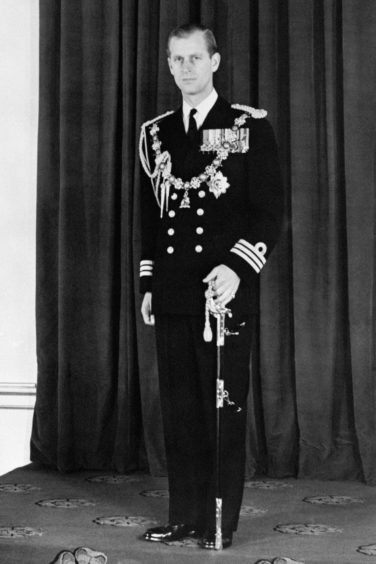
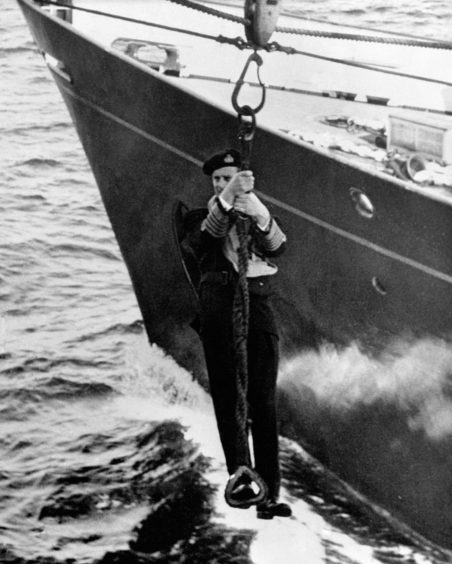
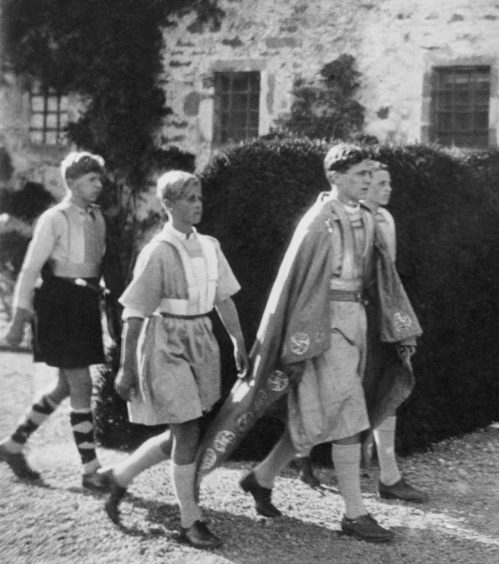
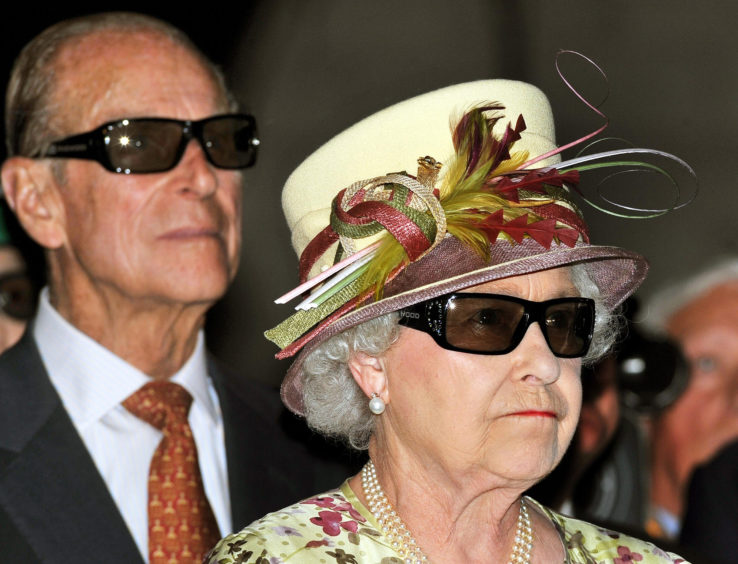
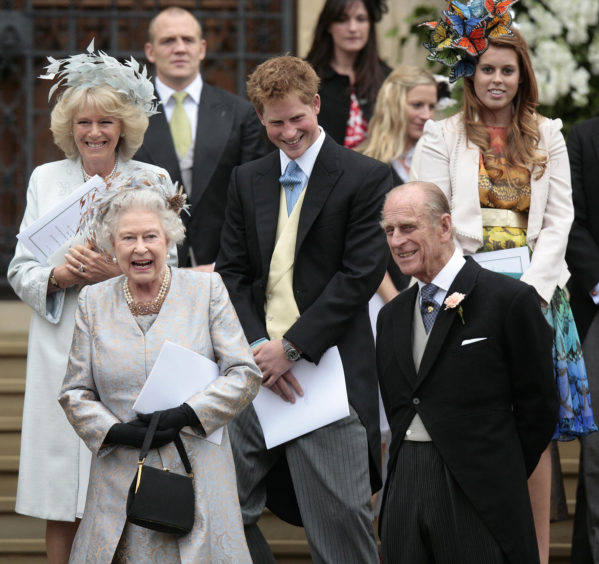
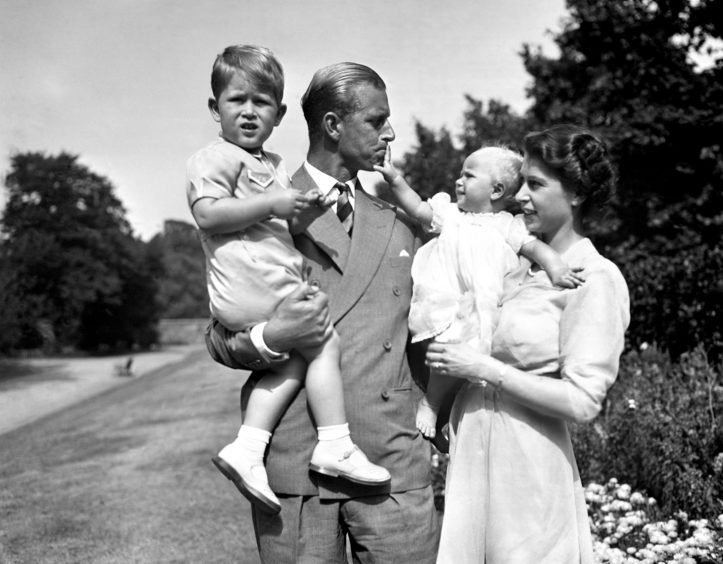
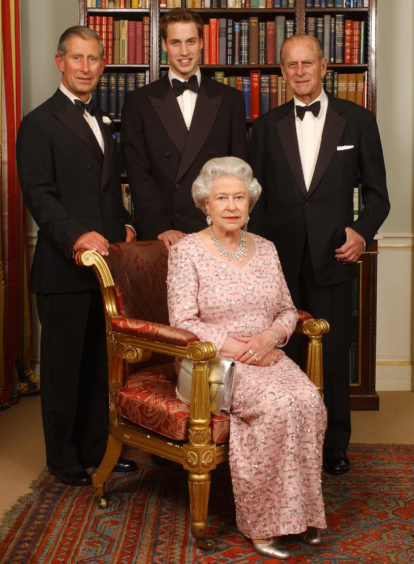
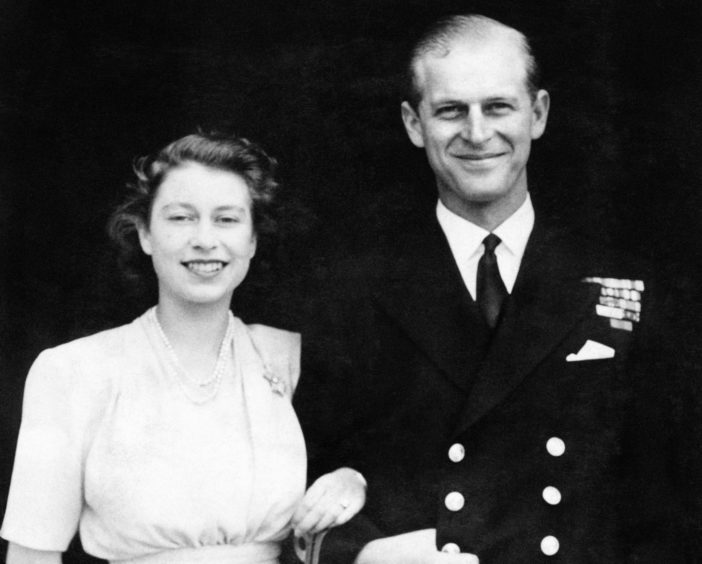
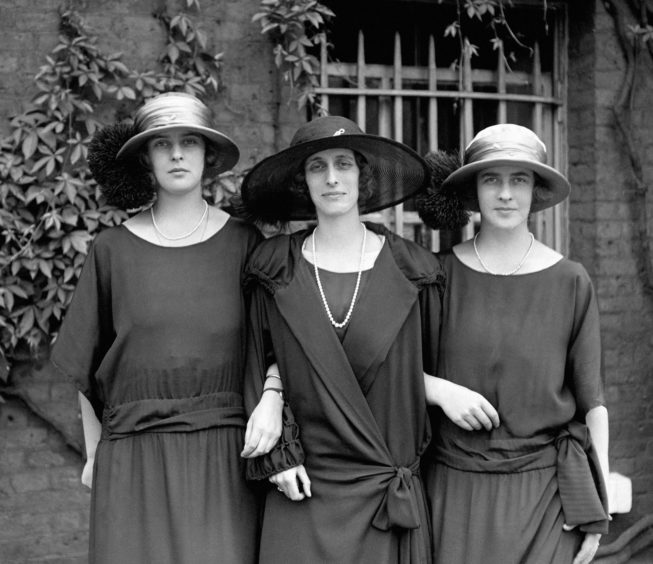
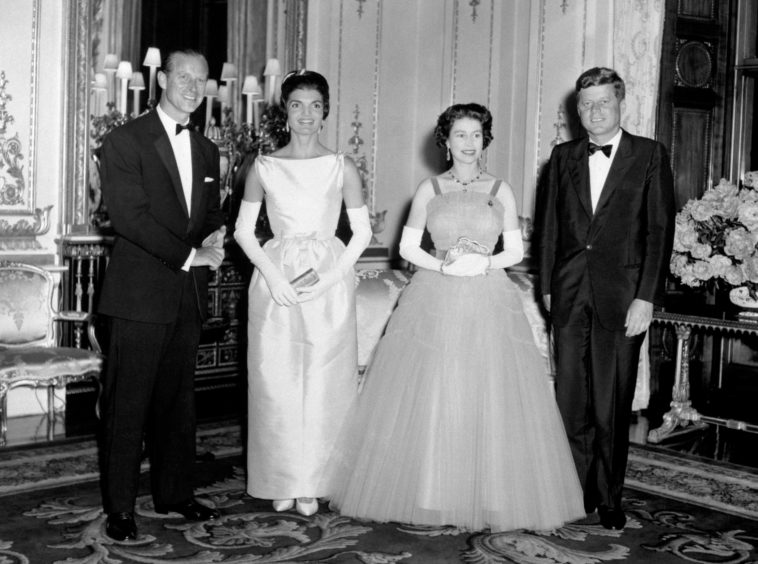
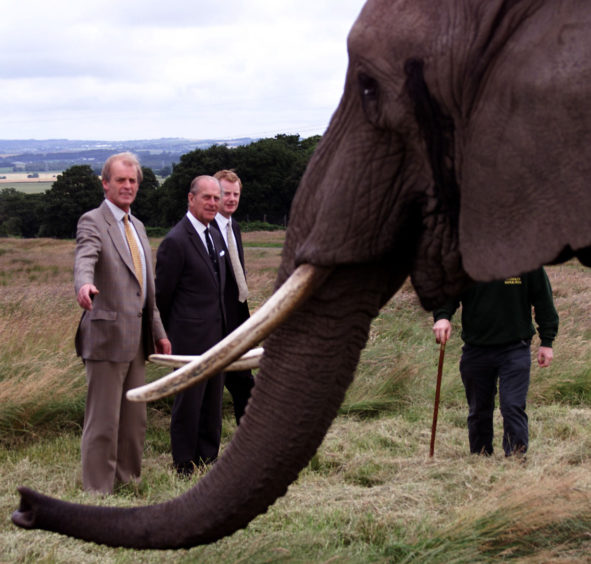
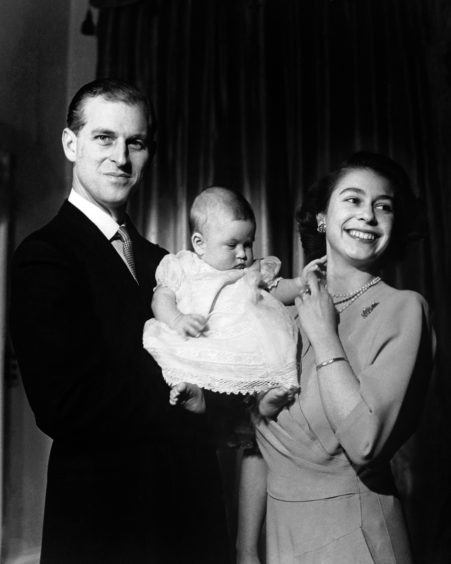
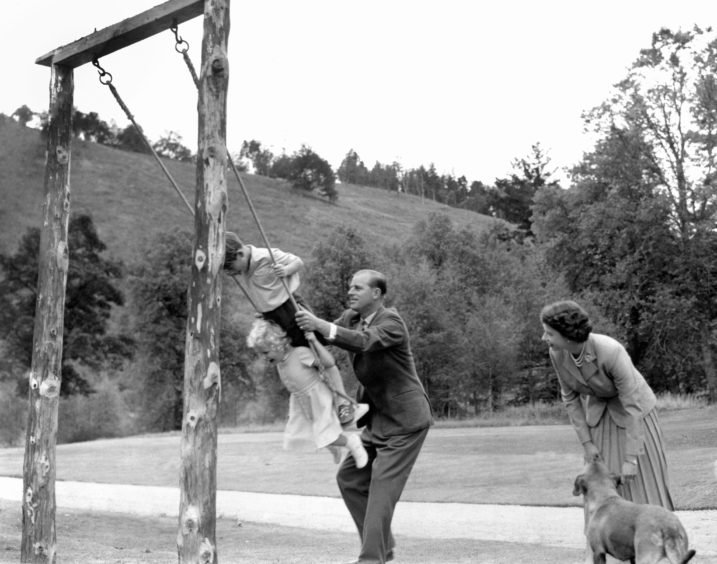
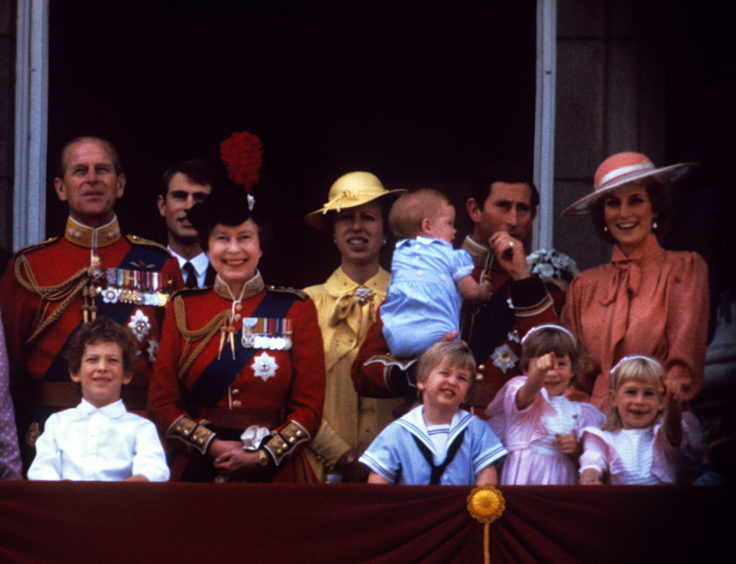
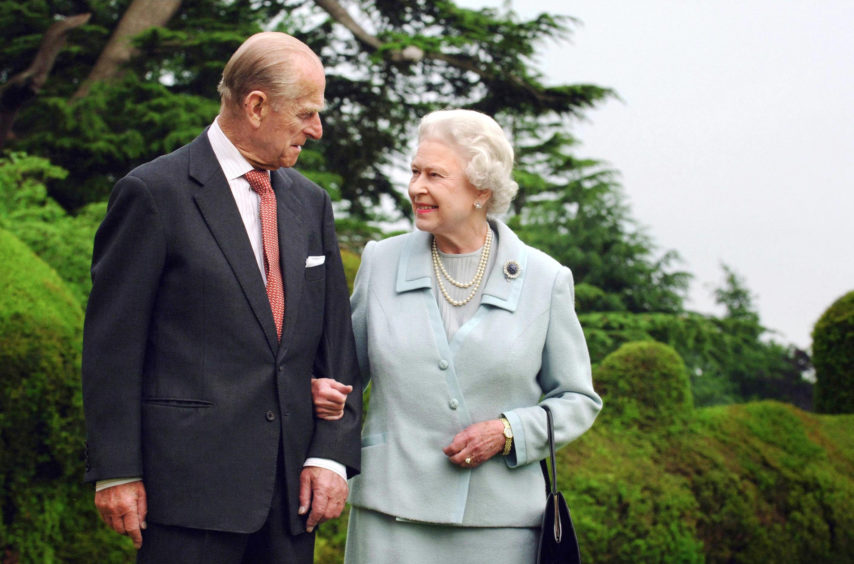
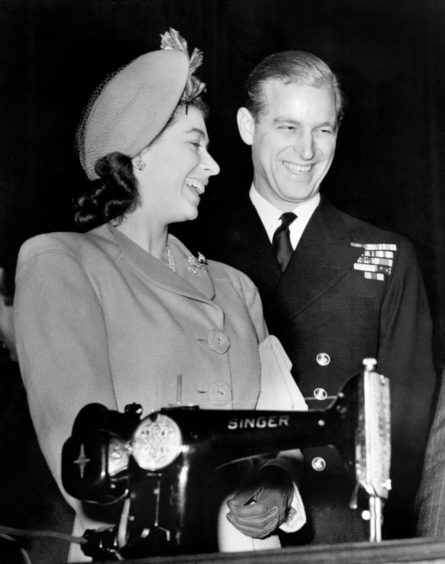
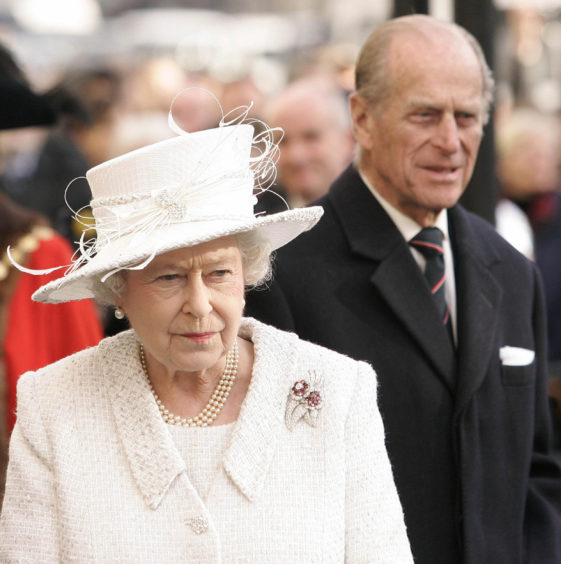
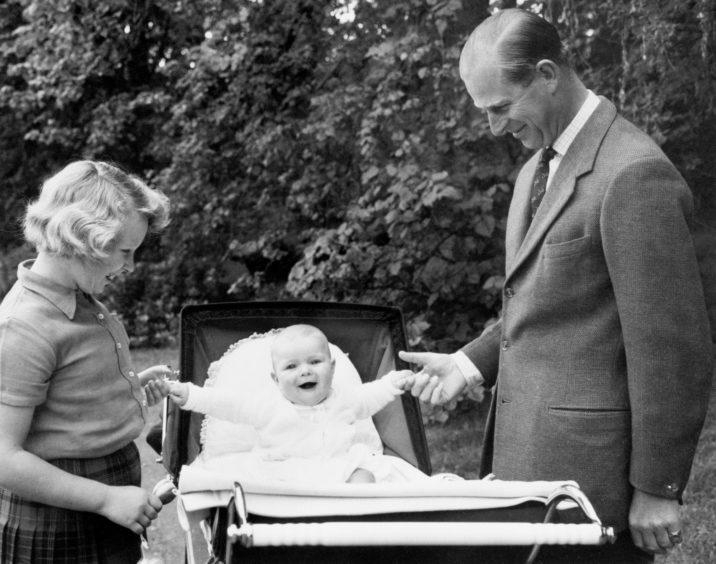
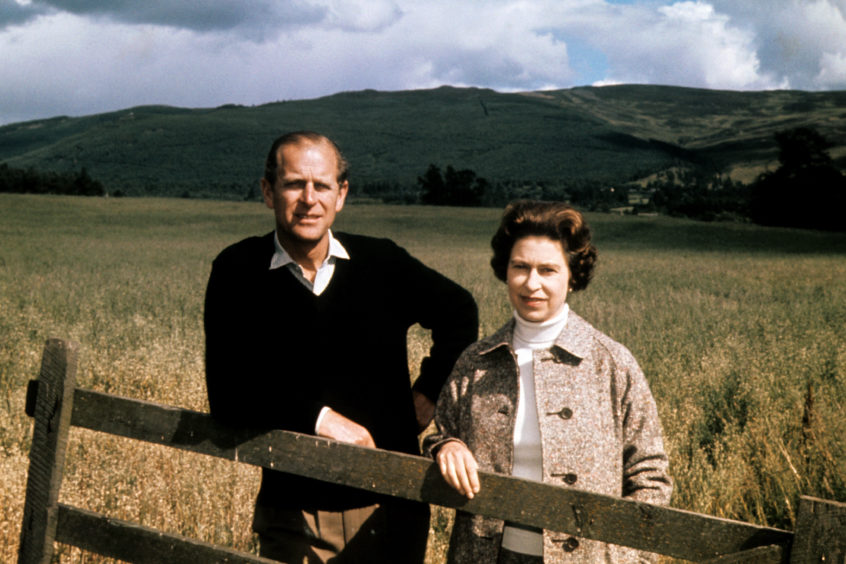
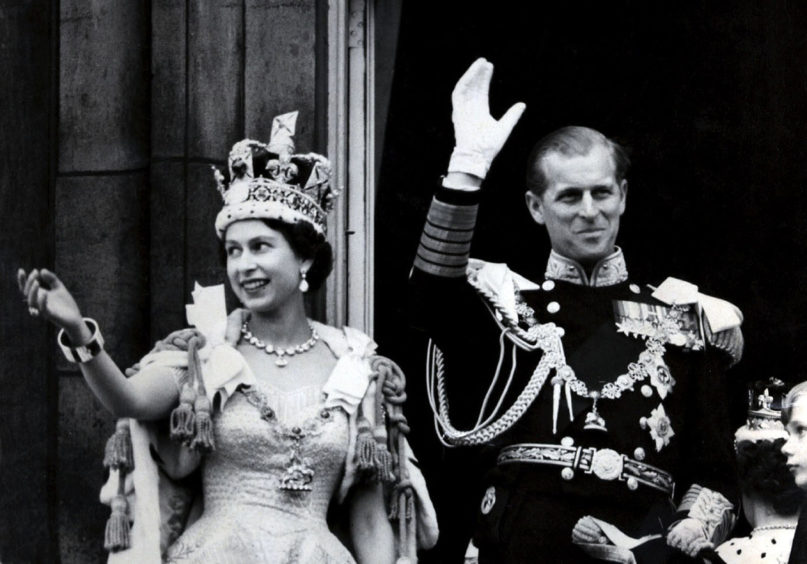
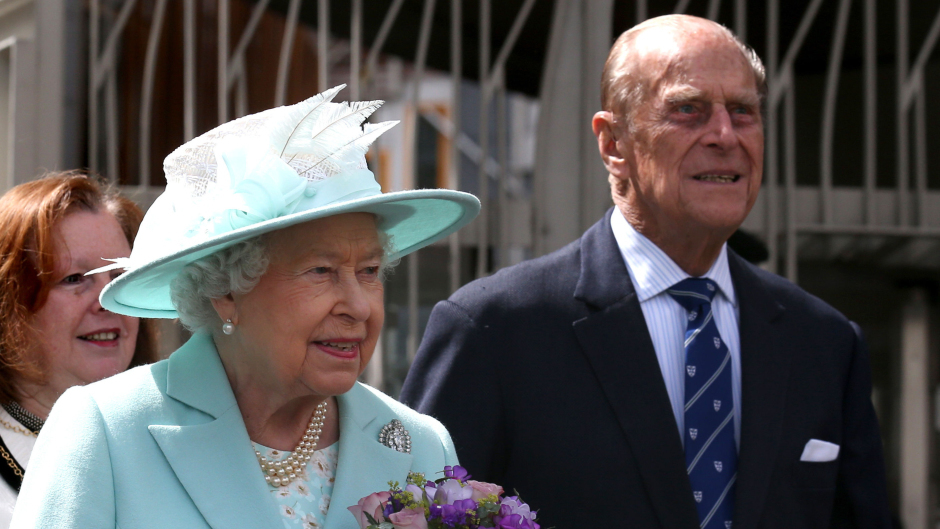
The Duke of Edinburgh has died, at the age of 99.
He was longest-serving consort in British history and married to the Queen for 73 years.
Princess Eugenie, the couple’s granddaughter, said the Queen and Philip were each other’s “rock” and spoke of how difficult it had been for the Queen to be without her husband during the jubilee events, shortly after she lost her mother.
“They are the most incredibly supportive couple to each other.
“Grandpa was unfortunately taken ill and for granny to come and do that alone was probably quite testing and I think he is her rock, really, and she is his,” she told Sky News.
The couple reached the rare personal milestone of their platinum wedding anniversary on November 20 2017, 70 years of marriage, and, in a touching gesture, the Queen appointed Philip a Knight Grand Cross of the Royal Victorian Order for his years of devotion and duty.
They shared an irreplaceable bond, united at key moments of history, witnessed from the unique viewpoint of a monarch and her consort.
Fans of Netflix’s The Crown will have a general idea of Prince Philip’s story, but who really was the Duke of Edinburgh and what do we know about his life?






















Here we answer some of the key questions:
When and where was the Duke of Edinburgh born?
The duke was born on June 10 1921 on the Greek island of Corfu.
He was a prince of Greece and Denmark and his parents were Prince Andrew of Greece and Princess Alice of Battenberg.
What was his childhood like?
After the fall of the Greek monarchy, Prince Philip’s father – brother to the King of Greece – was sentenced to death.
Prince Philip, who was still a baby, was reputedly carried out to the ship in a makeshift cot made out of an orange box.
An exile from Greece, this lead to the start of decades of stateless wandering.
He attended Gordonstoun Public school in Scotland, but from the moment Philip left Corfu in December 1922 until he moved into Clarence House as Princess Elizabeth’s husband in the late 1940s, he had no permanent residence.
How did he meet the Queen?
They were distant cousins and both great-great-grandchildren of Queen Victoria.
They attended some of the same events in their youth – a wedding in 1934 and King George VI’s coronation in 1937.
But they had their first publicised meeting in 1939 when Philip was 18 and Princess Elizabeth was 13.
The princess’s parents, King George VI and Queen Elizabeth, had taken her and her sister, Princess Margaret, to visit the naval college in Dartmouth and cadet Philip was assigned to entertain the princesses.
When did they fall in love?
Elizabeth first fell for tall, blond, athletic Philip during their Dartmouth encounter when he amused her by jumping over tennis nets.
The pair wrote regular letters to one another and later met on numerous occasions, with Philip even spending Christmas with the royal family during the Second World War.
What did Philip do in the Second World War?
He fought for Britain in the Royal Navy.
He saw active service from the Indian Ocean to the Mediterranean, and by 1945 was in Tokyo Bay as the Japanese surrendered.
He was mentioned in despatches for his service on battleship HMS Valiant in 1941.
Were his family associated with the Nazis?
Prince Philip’s sisters were married to fairly prominent Nazis, but his mother, Princess Alice, became a nun after being banished from her royal position, and saved a Jewish family from the Nazis in wartime Athens.
Prince Philip himself was always reputed as being a friend to the Jewish community.
When did he marry Princess Elizabeth?
Philip and Elizabeth’s engagement was announced in July 1947 and the royal wedding took place on November 20 1947 in London’s Westminster Abbey. Elizabeth was 21 and not yet Queen.
Five years after they married – in 1952 – George VI died and Elizabeth became the monarch.
What was the duke’s surname?
Philip renounced his Greek title and became a naturalised Briton in 1947. He became Lieutenant Philip Mountbatten.
He chose his new surname Mountbatten – an Anglicised form of his mother’s maiden name Battenberg – rather than Schleswig-Holstein-Sonderburg-Glucksburg – the family name of the Danish royal house from which his father was descended.
He was made the Duke of Edinburgh by Princess Elizabeth’s father, George VI, just before the wedding. The Queen later made him a prince of the UK.
How did the Queen and the duke manage to stay married for so long?
They shared interests – a love of horses and outdoor life – and had the same dutiful royal training.

They were content in each other’s company but also happy to spend time apart.
Philip loved carriage driving, while the Queen might go to dinner with friends.
In character, they were very different. The duke was seen as cantankerous and adventurous, while the Queen is viewed as passive, cautious and conventional.
How many children did they have?
The Queen and Philip had four children: Prince Charles (now the Prince of Wales), Princess Anne (now the Princess Royal), Prince Andrew (now the Duke of York) and Prince Edward (now the Earl of Wessex).
How was the duke related to Prince George, Princess Charlotte, Prince Louis and Archie Mountbatten-Windsor?
He was George, Charlotte, Louis and Archie’s great-grandfather.
He was also grandfather to the Duke of Cambridge and the Duke of Sussex.
What did he do for the royal family?
He is known for supporting the Queen through her long reign, and carrying out thousands of royal engagements.
He also was involved for decades with hundreds of charities, and set up The Duke of Edinburgh’s Award youth adventure scheme.
What else is he known for?
The duke was famed for his off-the-cuff remarks, which ranged from the quick-witted and funny to the politically incorrect, and highly offensive.
Why was he not King Philip?
The husband of a reigning Queen, unlike a Queen consort, is not crowned nor anointed at a coronation.

Enjoy the convenience of having The Sunday Post delivered as a digital ePaper straight to your smartphone, tablet or computer.
Subscribe for only £5.49 a month and enjoy all the benefits of the printed paper as a digital replica.
Subscribe